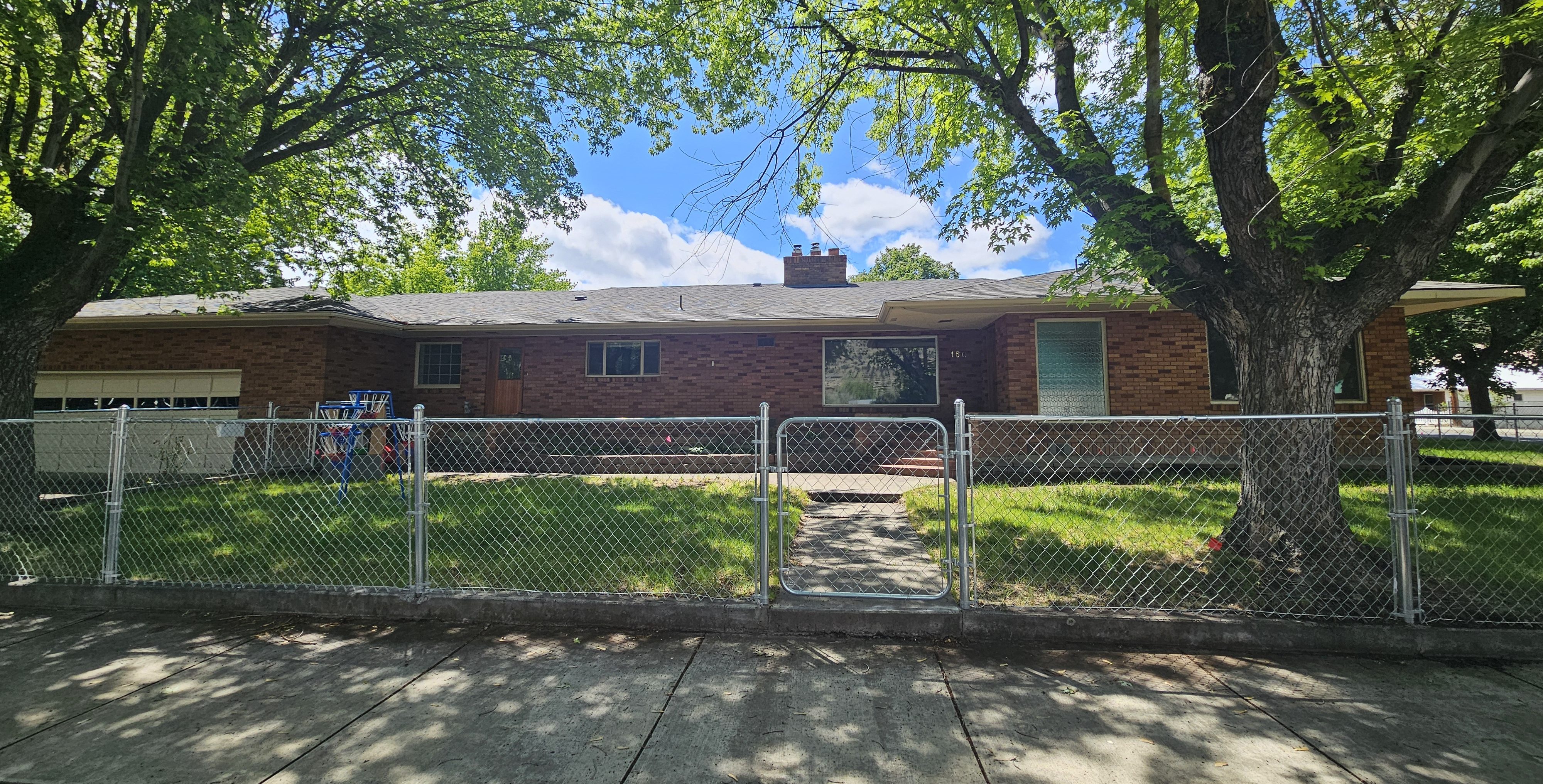Shooting the Breeze: Round nose bullets
Published 1:30 pm Monday, November 7, 2022

- Dale Valade
Are roundnose bullets worth a hoot or merely throwing a brick?
One hundred years ago, spitzer bullets were still the new kid in town. Mostly used for military applications, it took some real doing before reliable bullet designs began to endear pointed-tipped bullets to big game hunters. Blunt nose- and round nose-style bullets were quite reliable and understandably popular. But are they even worth consideration today?
Well, that depends. If you’re hunting the wide open spaces where shots are frequently on the long side of long range, you won’t see any advantage to using the round nose design. But if you are among the majority of American hunters who take their various deer species inside of 200 yards, especially those in heavily wooded or brushy areas, these are worth more than a casual window shopper’s gaze.
Round nose designs open more reliably at lower velocity thresholds than do spitzer designs. This is an added bonus if you are fond of shooting lower-velocity classic cartridges or reduced loads in more modern ones. A thinner jacket and large exposed portion of lead at the tip are to thank. Many have opined that they are a better “brush” bullet, supposedly not as prone to deflection as spitzers. That one I don’t believe, but there are some that do.
Another advantage to round nose designs is their penchant for accuracy, especially in well-worn barrels. An old campfire yarn that I’ve heard uttered more than once is that barrels too worn to shoot well with any kind of spitzer will shoot acceptably, if not well, with round nose designs. This is by virtue of the shorter overall length of any round nose bullet to that of a spitzer bullet of equal weight. It gives the rifling more bullet surface area to engage and simultaneously a shorter object to stabilize.
Speaking of stabilization, if you’re wanting to shoot a heavier bullet but are at the cusp of what your rifle’s twist rate will allow, try a round nose. For example, the .250-3000 Savage was originally designed with a 1-14” twist for shooting 87 grain spitzers to the speed of 3,000 feet per second. Deer hunters who wanted a 100 grain bullet —arguing that the 13 grains of additional weight made a solid difference — found out quickly that the slow twist would not stabilize 100 grain spitzers, but would pilot the 100 grain round nose designs. This was apparently a recurring issue as Savage eventually decided a 1-10” twist was a better idea, adopting it as standard for their .250-3000 caliber rifles.
While round nose bullets are quickly outclassed by spitzers both in energy retention and a much flatter trajectory, there is still much to like. If your favorite old hunting rifle seems to be shooting ever-larger groups, you might give round nose bullets a try. Switching ammunition is much cheaper than getting a new barrel. And if your hunting consists of shots inside of 200 yards, I doubt if you’ll notice any discernible difference in terminal performance. In fact, you may even come to love if not prefer them in certain calibers. My Savage 99E .308 shoots them better than spitzer point bullets!
Do you hunt with round nose bullets?
Write to us at shootingthebreezebme@gmail.com and check us out on Facebook!





